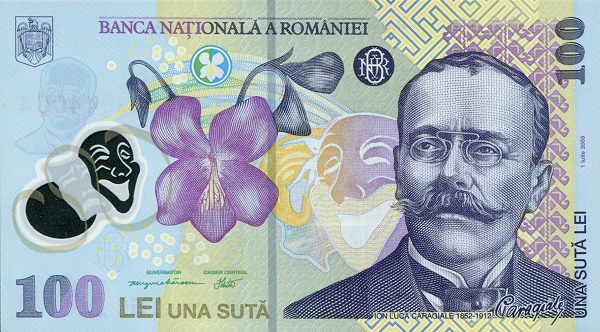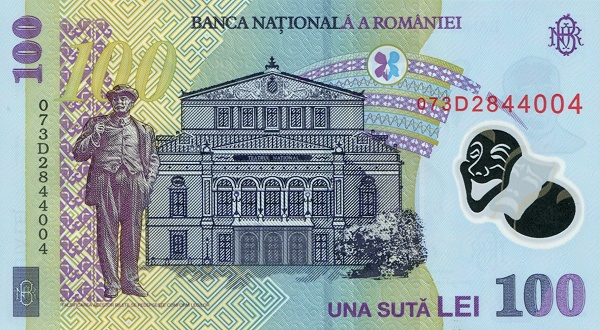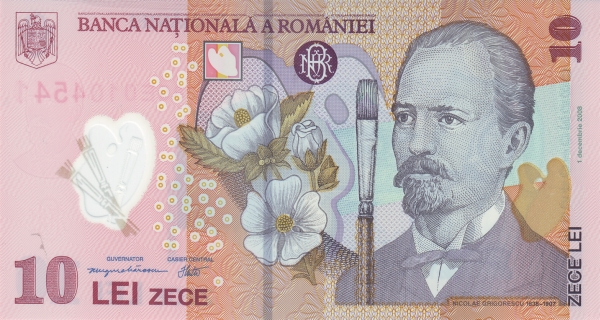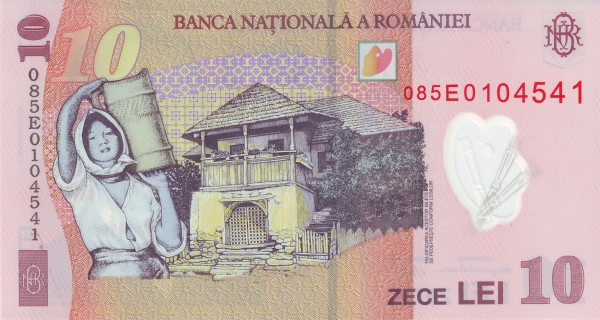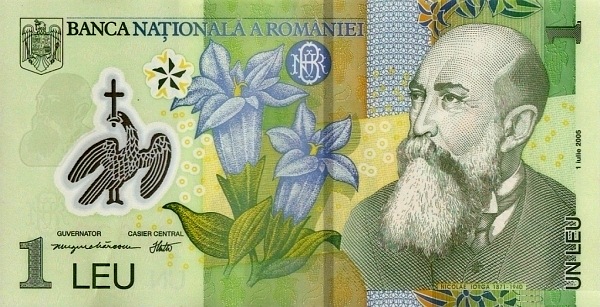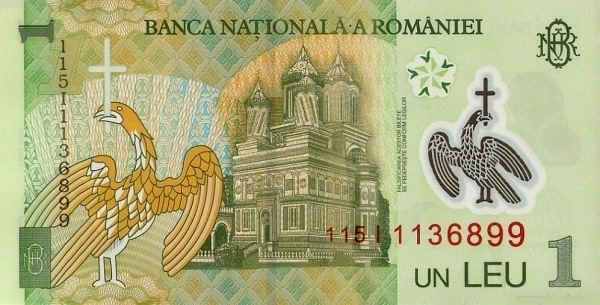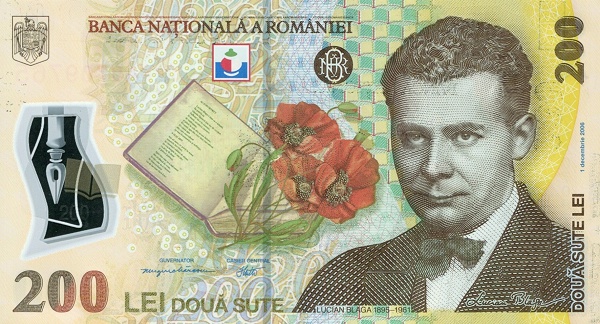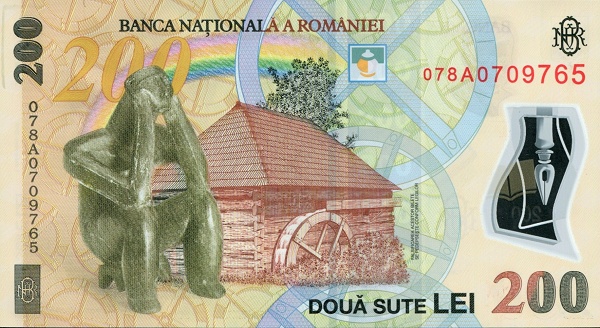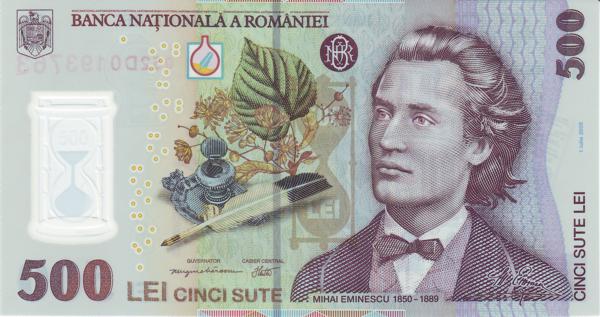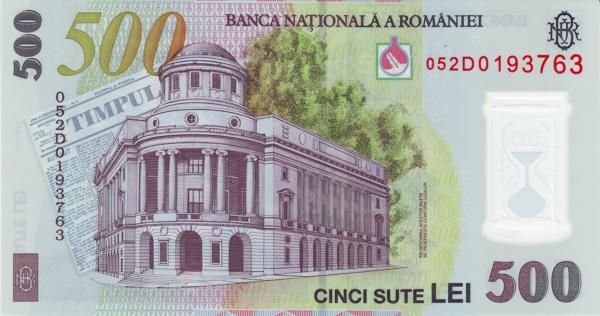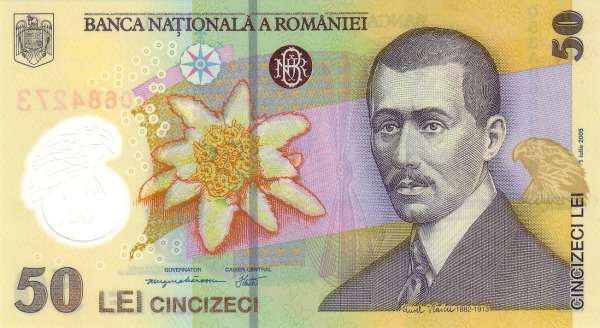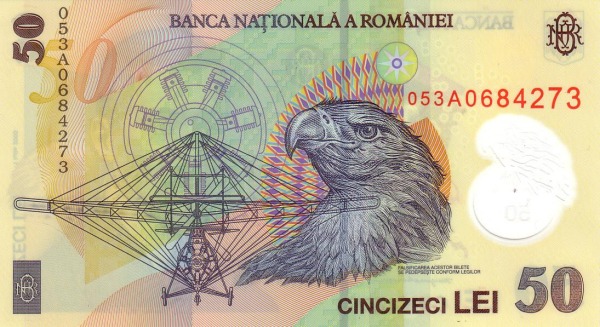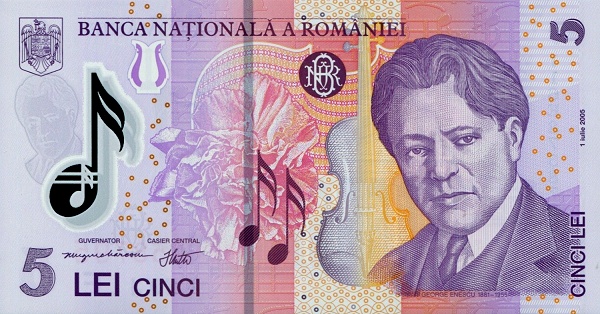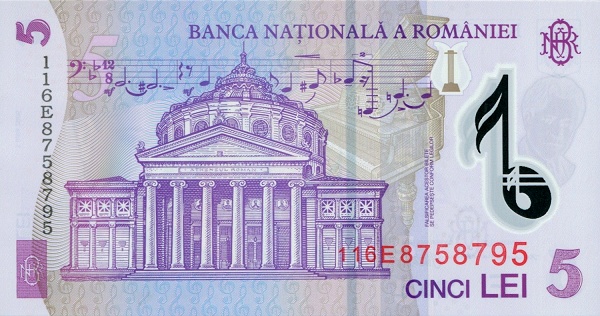Discovering Romania: A Brief Overview
Romania, a captivating country located in East-Central Europe, boasts a rich tapestry of history and culture. As a nation, it shares borders with several countries, including Bulgaria to the south, Serbia to the southwest, Hungary to the west, and Moldova to the east. Additionally, it greets the Black Sea to its southeast, which provides a beautiful coastline for both locals and tourists. The Danube River, a significant waterway, defines much of Romania's southern border with Ukraine before it gracefully flows into the Black Sea. Interestingly, Romania also shares a maritime border with Turkey, further emphasizing its strategic geographical position.
The Size and Population of Romania
Covering an area of approximately 238,391 square kilometers, Romania is slightly smaller than the United Kingdom or the U.S. state of Oregon. This diverse landscape includes majestic mountains, rolling hills, and expansive plains. As of 2021, Romania boasted a vibrant population of around 19.1 million people. Bucharest serves as the capital and the largest city, housing about 2 million residents. The official language, Romanian, echoes the country’s historic and cultural roots.
A Glimpse into Romanian Heritage
Romania's primary religion is Christianity, with Eastern Orthodox Christians making up about 87% of the population. Additionally, 5% of the citizens are Protestant, while another 5% adhere to Roman Catholicism. This religious diversity reflects Romania's historical influences and adds a layer of complexity to its cultural identity.
The Shadows of History: Soviet Occupation and Communist Era
Transitioning to Romania's more recent history, the aftermath of World War II saw the nation fall under Soviet influence. Consequently, a communist "people's republic" emerged in 1947, leading to the abdication of the monarchy. The rule of President Nicolae Ceaușescu, characterized by increasing oppression, lasted several decades. Ultimately, his regime faced a dramatic end; Ceaușescu was overthrown and executed in late 1989, marking a significant turning point in Romania's journey towards democracy. Following this tumultuous period, former communist leaders remained influential until 1996 when they lost power to more reform-minded entities.
Understanding Romania's Political Landscape
In contemporary times, Romania operates as a semi-presidential republic. This political structure features two key figures: the prime minister, who serves as the head of government, and the president, who acts as the head of state. Both entities play crucial roles and share executive responsibilities to govern effectively. Romania has a bicameral parliament, consisting of the Chamber of Deputies and the Senate, which facilitates legislative processes.
Romania's Entry into the European Union
On 1 January 2007, Romania proudly became a member of the European Union, a decision that significantly changed its political and economic landscape. Membership enabled Romania to engage more fully with the broader European community, leading to various reforms aimed at improving governance and human rights. This integration has fostered development and increased international collaboration, reflecting Romania's commitment to modernizing its infrastructure and political practices.
Navigating Romania's Dynamic Economy
Romania's economy has experienced substantial growth since the early 2000s, transitioning from a centralized economy to a more market-oriented system. Sectors such as technology, agriculture, and manufacturing play pivotal roles in economic growth. Additionally, Romania has become increasingly attractive to foreign investors due to its strategic location and skilled workforce. Moreover, the country has also invested heavily in education, bolstering various fields, particularly in science and technology.
The Natural Beauty of Romania
Beyond its political and economic transformations, Romania is renowned for its breathtaking landscapes. The Carpathian Mountains, often referred to as the "backbone" of the country, offer stunning views and a variety of outdoor activities, including hiking and skiing. Additionally, the famous Transfagarasan Highway presents adventurers with striking panoramas, making it a popular destination for thrill-seekers and nature lovers alike. Furthermore, Romania's numerous national parks, such as the Bucegi Natural Park and Retezat National Park, provide ample opportunity for wildlife enthusiasts to discover diverse flora and fauna.
Cultural Richness: Traditions and Festivals
Romanian culture is vibrant and steeped in tradition. Music, dance, and art play significant roles in daily life, showcasing the country's diverse heritage. Festivals celebrating folk traditions, such as the famous Gălăție Festival and the George Enescu Festival, attract visitors from around the world. These events offer an incredible look into Romania's artistic expressions and community spirit, highlighting the importance of preserving cultural values.
The Culinary Delights of Romania
Moreover, Romania's culinary landscape would be remiss if not mentioned. The nation's cuisine features a delightful blend of flavors, with dishes like mămăligă (cornmeal porridge), sarmale (cabbage rolls), and cozonac (sweet bread) captivating taste buds. Traditional meals often bring families and friends together, underscoring the strong emphasis on hospitality within Romanian culture.
Embracing the Future: Romania's Aspirations
Looking ahead, Romania continues to strive for greater achievements. The government focuses on enhancing infrastructure, boosting tourism, and safeguarding environmental sustainability. Additionally, the young population plays an invaluable role in shaping the future, bringing innovative ideas and fresh perspectives to various sectors. As Romania embraces its identity in a rapidly changing world, the country stands poised for a promising future, deeply rooted in its rich history.
Largest cities of: Romania
| City Name | Population | Year of foundation | |
| Bucharest | 1,836,000 | 1459 | |
| Cluj-Napoca | 324,000 | 1213 | |
| Timișoara | 319,000 | 1716 | |
| Iași | 290,000 | 1434 | |
| Brașov | 253,000 | 1235 | |
| Galați | 249,000 | 1445 | |
| Ploiești | 198,000 | 1596 | |
| Arad | 159,000 | 1660 |
Romania: Money
